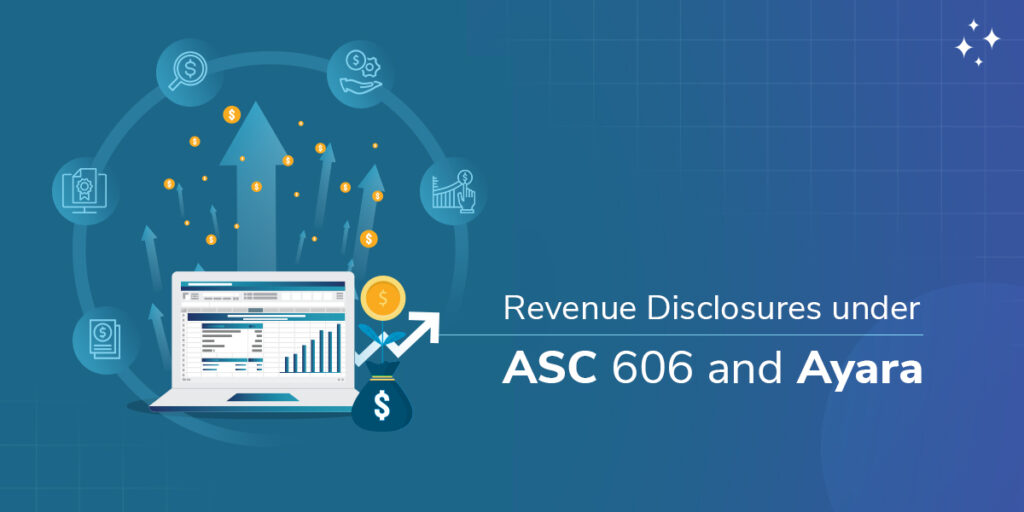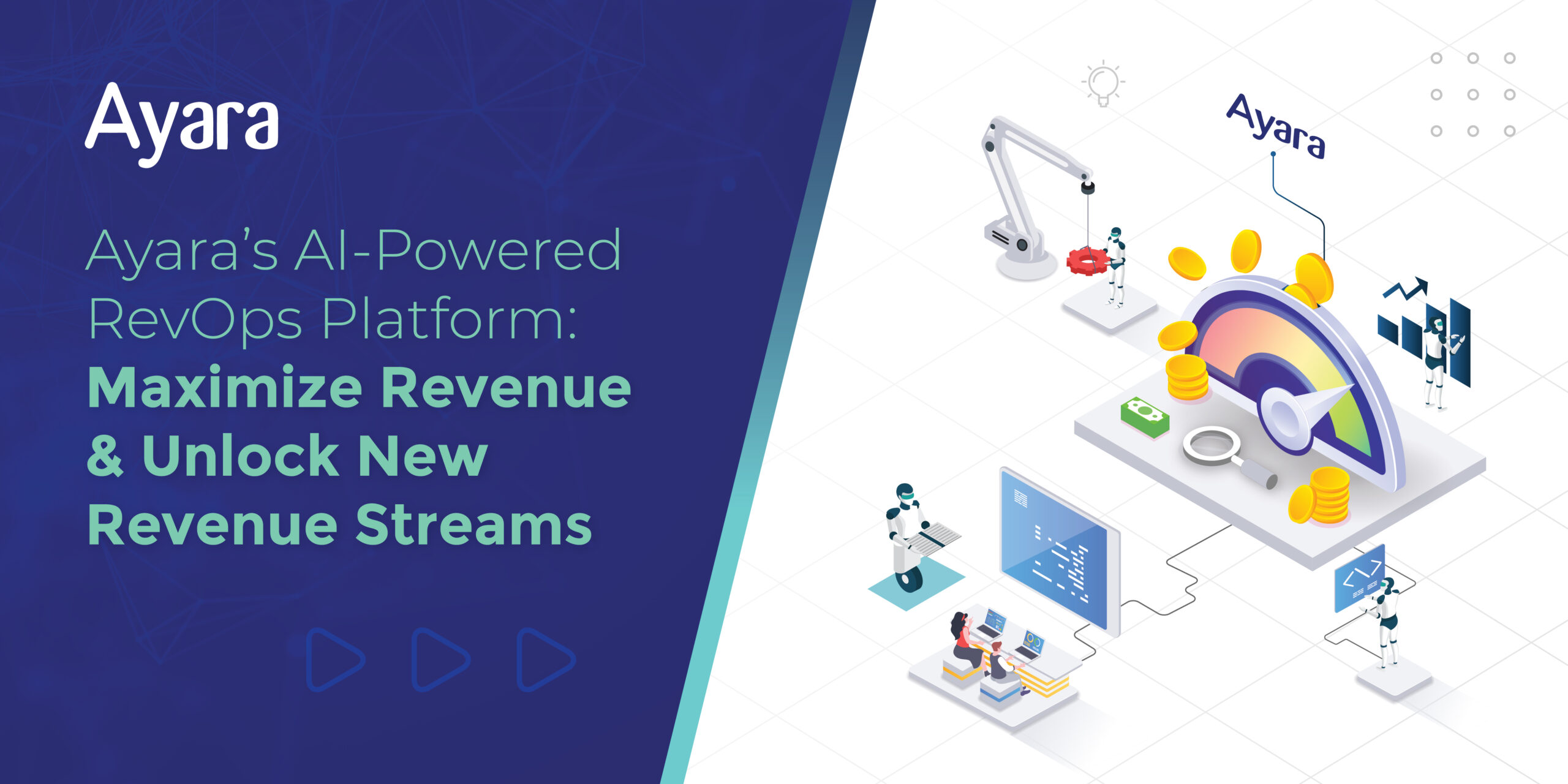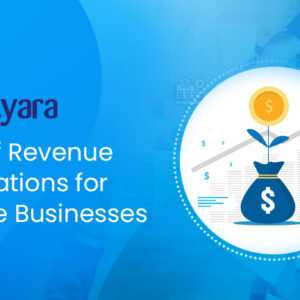
We begin by understanding ASC 606. The financial accounting board issued Accounting Standards Codification(ASC) 606 that impacts all businesses that enter into contracts to transfer goods and services- public, private and nonprofit entities.
It is important to understand that all entities are/were affected by the Accounting Standard’s new and modified quantitative and qualitative disclosure guidance, which certainly increased the amount of information disclosed about revenue activities and related transactions.
This elaborated information is required to better understand and communicate the nature, amount, and timings, and uncertainty of an entity’s revenue and cash flows. It also helps the investors better understand an entity’s revenues, filers are required to disclose any significant judgments and changes in those judgments that are used in determining the following:
- Identifying Performance Obligation
- Timing of the Performance Obligations being satisfied
- Standalone Selling price and allocation rules
The Accounting Board has also provided a few examples of changes that would require disclosure which is as follows:
- Changes due to M&A
- Contract modifications
- Accounting during the transaction life cycle
Now, let us dive deeper for better clarity.
Performance obligations categorized as ‘specific point in time’ and ‘Overtime’:
A specific point in time: For performance obligations satisfied at a specific point in time, an entity must provide significant judgments in determining when a customer obtains control of the goods or services.
Overtime: For performance obligations satisfied over time, an entity must explain the method used to recognize revenue and why that method best describes the transfer of the promised goods or services
Example:
An entity entered into a contract with ABC Inc from the USA for the below items
- The hardware Product is $ 39000. The product has been delivered in the month of Jan `15 XXX, the rights to invoicing are established from the date of delivery, Product delivered in Feb XXX.
- three years of software subscription with a total contract value of $12000 and agreed to Invoiced Annually $12000/year. The subscription starts on Feb 1.
| Sr. No | Product | Amount | Delivery method | Accounting Rule |
| 1 | Hardware | 39000 | Specific point in time | Immediate |
| 2 | Subscription | 12000 (1year) | Overtime | Ratable |
| As per ASC 606 Guidance, the Hardware Item is immediate in nature and the delivery method is a specific point in time and so revenue must be recognized once Risk/Control transferred from Seller to Buyer upon delivery/customer acknowledgment and by considering the underlying contract terms agreed by both seller and buyer. In the above example, the product is delivered in Feb, there is no contingency associated and so upon delivery in Feb, revenue recognized immediately 39000$ for Hardware. The subscription item is Ratable and the delivery method is overtime and so the revenue will be split across the subscription term. As per the above case. Subscription starts from Feb and so the contracted amount 12000$ is split equally for 12months i.e 1000$ each month. In Feb 1000$ recognized as Revenue and 11000$ are treated as Deferred Revenue. |
How Ayara Helps?
Ayara provides Revenue disclosures that meet the needs of financial statement users to achieve below requirements in compliance with ASC 606
- Contracts with customers—including disaggregation of revenue, contract balances, and outstanding performance obligations
- PTD, QTD and YTD reporting requirements
- Significant judgments and Decision making
To know more, visit us at https://ayarainc.com or write to us at info@ayarainc.com.






